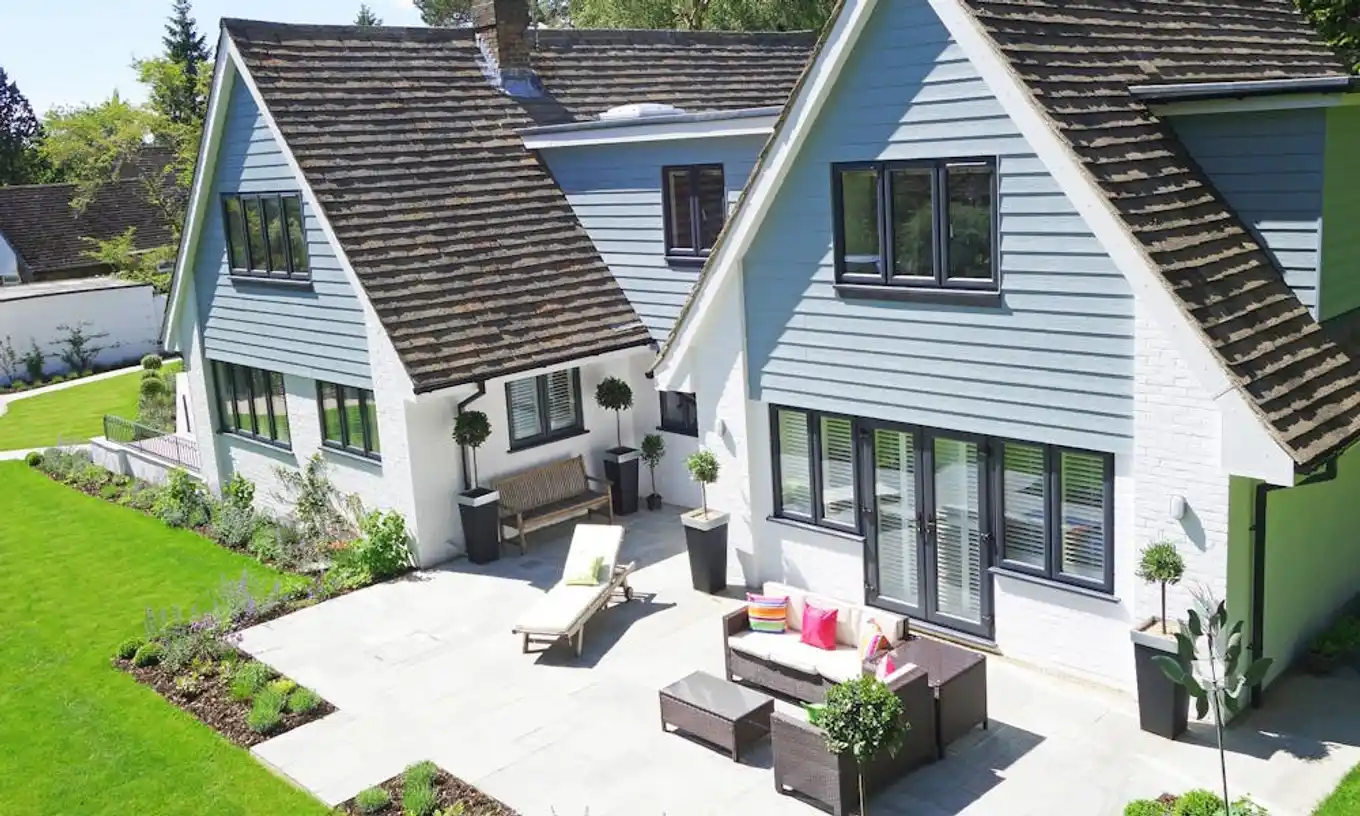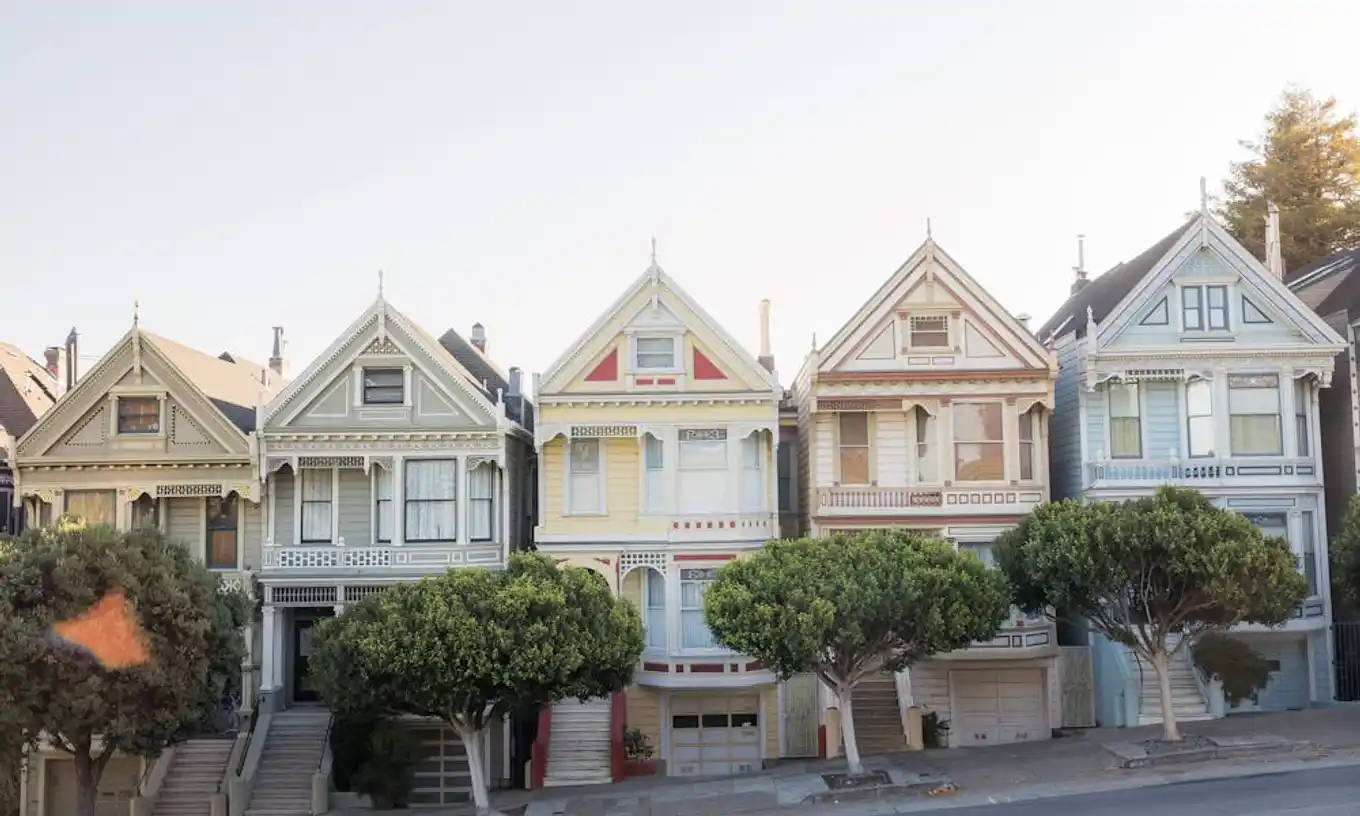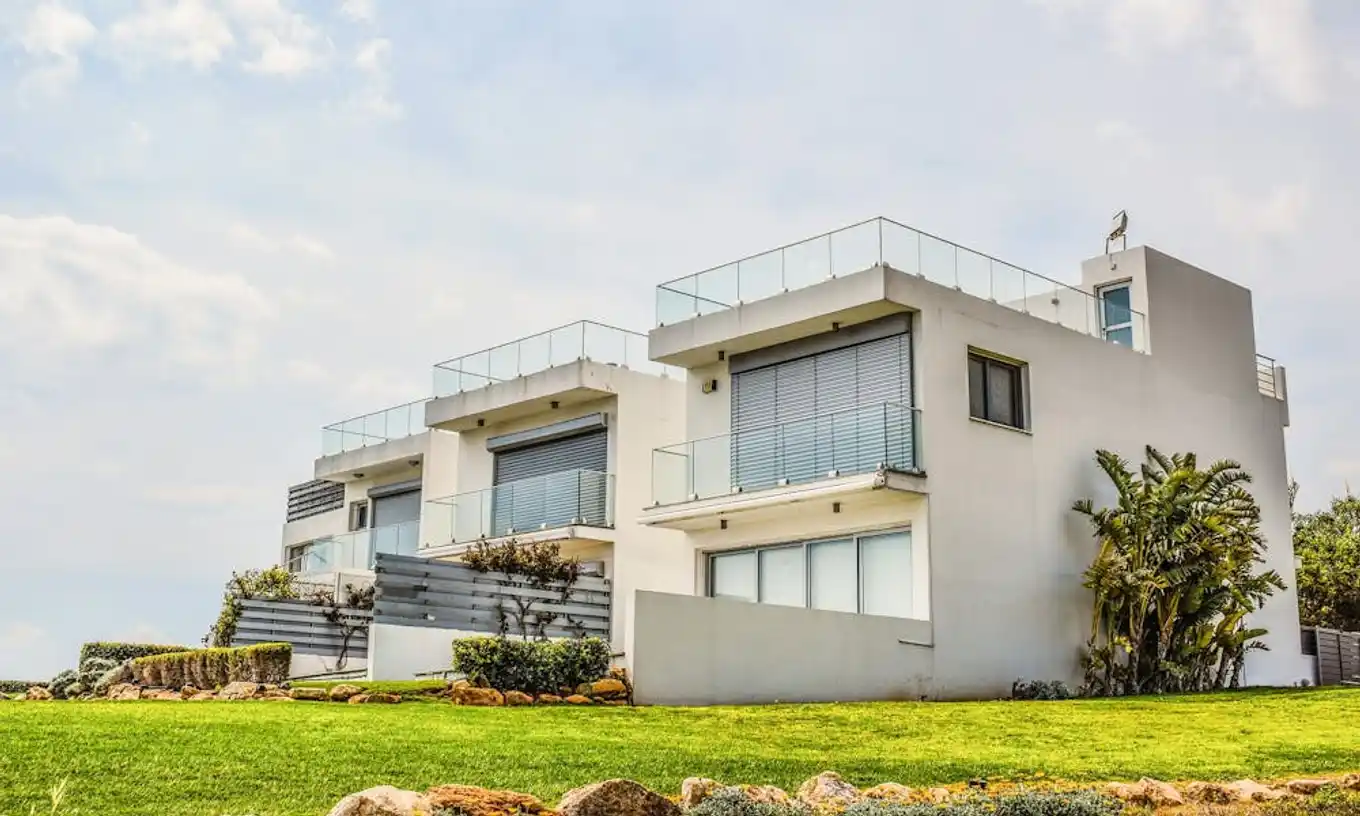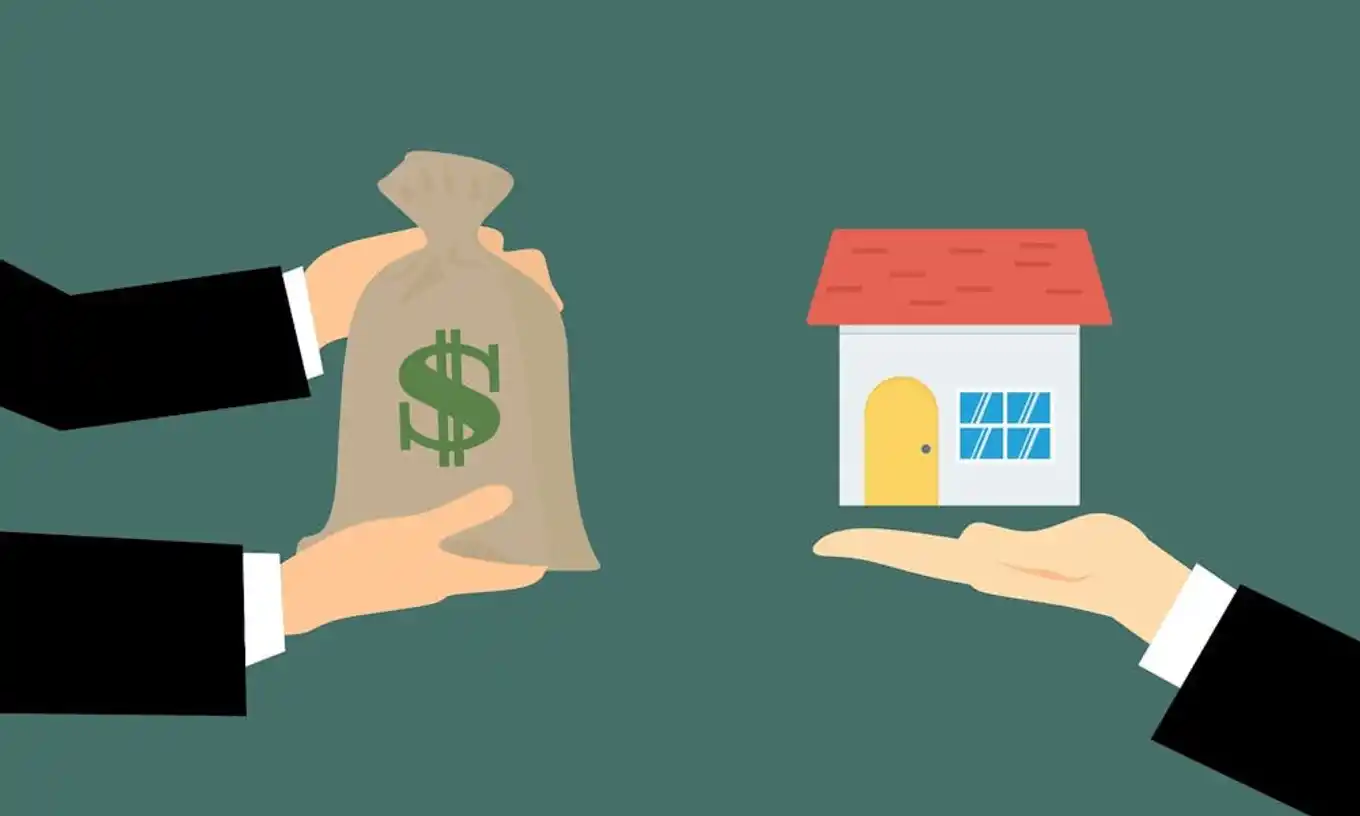
Before estimating the price of your home, it is important to understand the different notions of value and price.
Real or intrinsic value: The value of a new house minus the depreciation related to the age and condition of the house. The value of the land must be added to obtain the real value.
Market value: Corresponds to the market value, i.e. the price at which a similar property can be sold. In order to calculate the market value it is necessary to compare houses with similar characteristics in the same town and define the price that corresponds to the current real estate market.
Yield value: Corresponds to the rental value of a property when it is put up for rent. It is therefore a question of estimating the annual yield that can be received from a rental property.
Collateral value: Corresponds to the value of the loan in advance, i.e. the amount that an organisation such as a bank or insurance company agrees to lend for a mortgage loan.
Selling price: The price at which the seller is willing to sell the house. This price will be displayed on the real estate ad. The seller will have to define this selling price based on the real value of the property and by comparing current real estate prices in order to facilitate the sale of his house.
Transaction price: Price defined once the seller and the buyer have agreed on the final amount after negotiation. It will be the price at which the house is sold and may be different from the original selling price.

The price per sqm of a city is the average of all the prices per sqm of real estate in that city. When looking for a price per m² it is therefore important to specify whether you are looking for the price per m² of an apartment or a house, as the two prices are often very different.
RealAdvisordifferentiates the price per m² of houses and the price per m² of apartments. Their database takes into account real estate offers from 14 Swiss real estate portals, which allows them to calculate the most reliable price per m² on the market by city, as well as by postcode and neighbourhood.
For example the average price per m² for a house in the Jonction - Plainpalais district in Geneva, is currently CHF 10,833.
To get the estimated price for your house in this area, you will multiply the price per m² by the surface area of your house.

This is one of the most accessible methods to evaluate one's home and analyze similar homes for sale. You can do this by first finding out the selling prices of houses in your neighbourhood. If a house on your street was sold for CHF 1,000,000, you can use this price to determine your own.
You can then compare the main features of this house with yours based on the main features of both houses as:
The larger your surface area and facilities are, the more the value of your property will increase in comparison to the house already sold. On the other hand, if the house sold was built in 1990 and yours was built in 1950, your house will have much less value because a house loses value over the years.
You can make these comparisons easily using real estate listing sites by selecting houses in your town with similar characteristics. The results will provide you with a price range. You will refine your price by getting closer to the selling price of the house most similar to yours. It is also important to note that if a house has already been on the market for a year, it is possible that its selling price is overestimated, so you will have to take this into account and adjust your selling price.

Online estimation tools have access to databases of several thousand houses that are currently for sale as well as prices from transactions that have recently taken place. The larger the database, the more accurate the estimates will be.
Note that if your home has rare features, it will be difficult to provide an accurate estimate because the number of similar properties will be too small to make a comparison. In the case of a unique property such as a chateau or luxury home the ideal would be to have your home professionally appraised.
To get your online estimate, you must enter:
Your house will then be compared to all houses sold and currently for sale and the tool will provide you with an amount that is consistent with the real estate market price.

Contrary to popular belief, an estimate by a professional is not necessarily paid for and is often without commitment. Typically, you can contact an agent to estimate your house for free. The agent will only be paid if you ask them to work with you to sell your house. If the transaction is successful, the agent will be entitled to a percentage of the transaction you’ve previously agreed to, usually equal to between 3 and 5%.
The advantage of using an experienced real estate agent is their knowledge of the local market. The agent will be able to take into account all the elements related to the location and the development or improvement projects in the city that can considerably increase the value of your home. They will also analyze certain documents, such as the results of technical diagnostics of your house to create the most accurate estimate.
See here: the complete list of documents needed for a home appraisal.
Finally, an agent will be able to give you advice on how to enhance the value of your home, such as renovations that are essential for the sale.

All houses are unique and have a different market value. On the same street a semi-detached house in the middle will have a lower price than a semi-detached house at the end of the street.
It is therefore important to take into account all the specific characteristics associated with a house:
Semi-detached or joint houses deter thieves more than detached houses. This advantage is not important enough to add value but can be an asset for those looking for more security.
A semi-detached house is therefore generally more valuable than a semi-detached house. And a detached house has more value than a semi-detached house.

Some diagnoses are mandatory and have a strong impact on the price of the house.


Not all areas of a house have the same value and thus cannot always be added in the calculation of the price per m².
When calculating your price, it is therefore important to check which surface should be taken into account. The gross area is usually 10% higher than the net living area.
In the cantons of Neuchâtel, Fribourg and Vaud, for example, the surface area to be used is the net living area, whereas in Valais it is the gross living area that applies.
The areas considered as habitable:
The garden generally represents 60% of the land surface, the house represents 40%. If your land is constructible, it will necessarily be more expensive than a non-constructible land. For a builder, it will take into account 100% of the value of the land only, because his goal will be to raze the house and build on it. For a private individual, the fact of being able to enlarge his house will be a very interesting value-added.
You can add the price of the installation of the swimming pool to the value of the house if it is recent and well maintained. The value of the pool will decrease depending on the year of construction and its condition.
A house loses about 0.5% of its replacement value each year. If a house was built in 1940, in 2020 the house will have lost 40% of its value. 40 years later, a house that cost CHF 500,000 in 1940 will have a value of approximately CHF 300,000.
You can use your invoices with the detailed work to add to the value of the house. If the work was carried out in 2010 and had cost CHF 30,000, the depreciation linked to the past 10 years will have to be reduced again. Knowing that a house loses approximately 0.5% of its value each year, in 2020 the work loses 5% of its value, you will have to add CHF 28,500 to the price of the house instead of CHF 30,000.